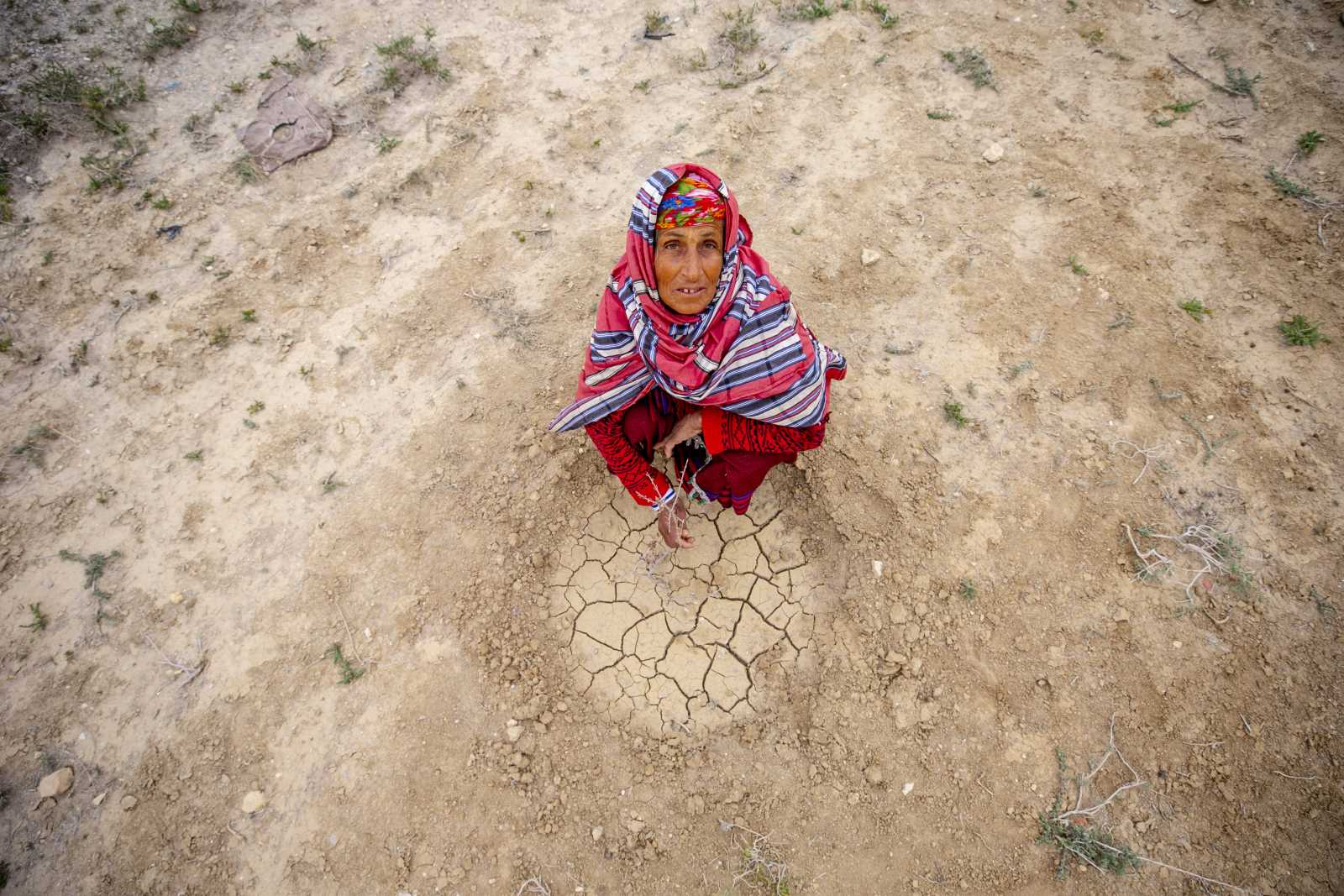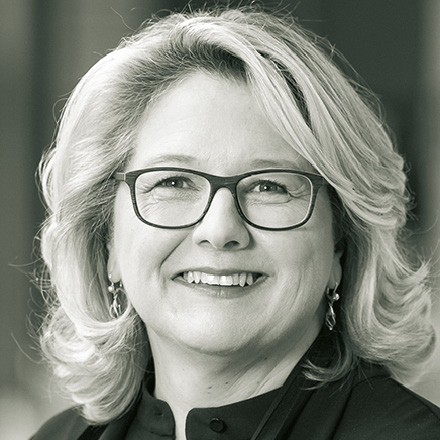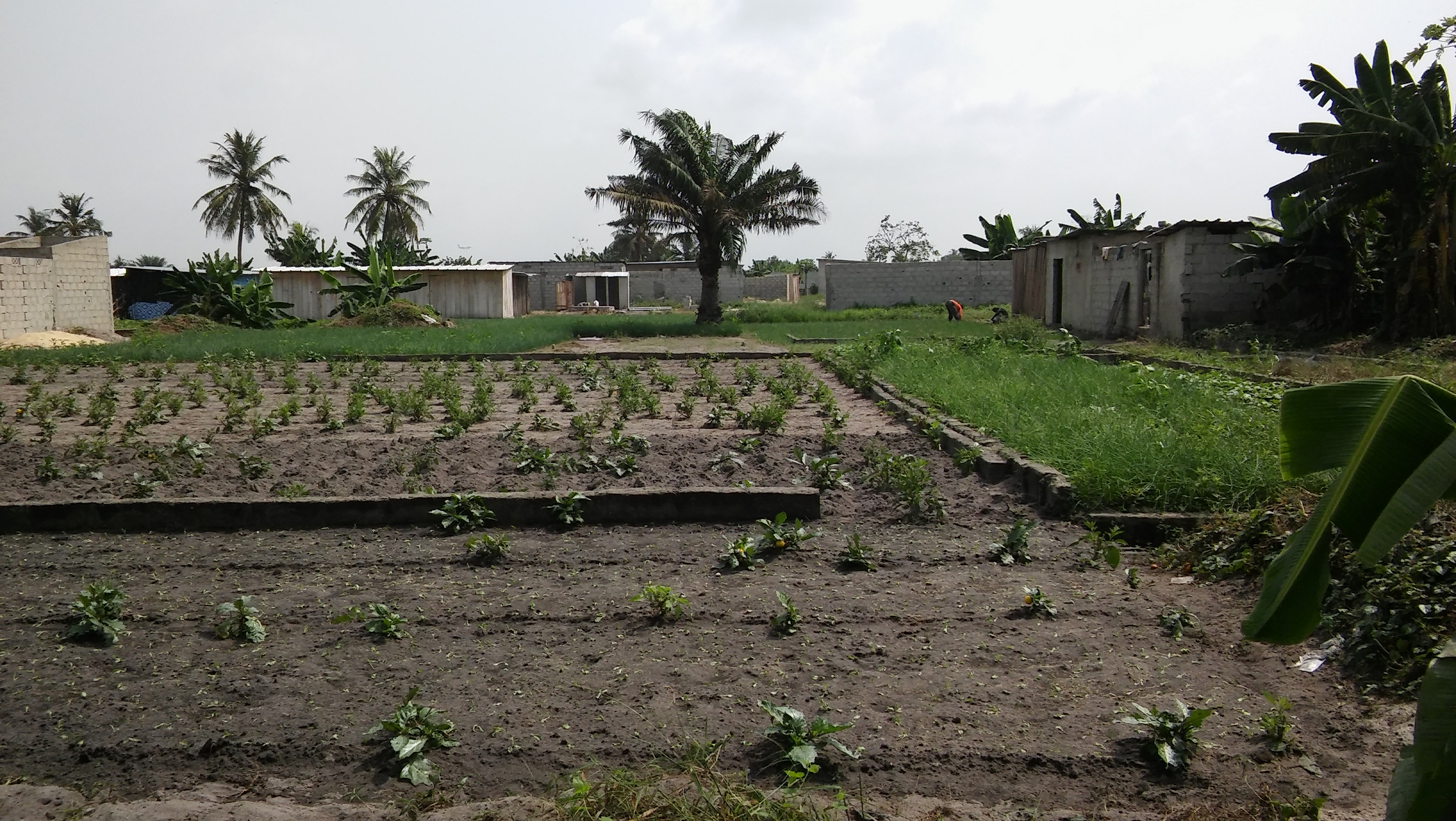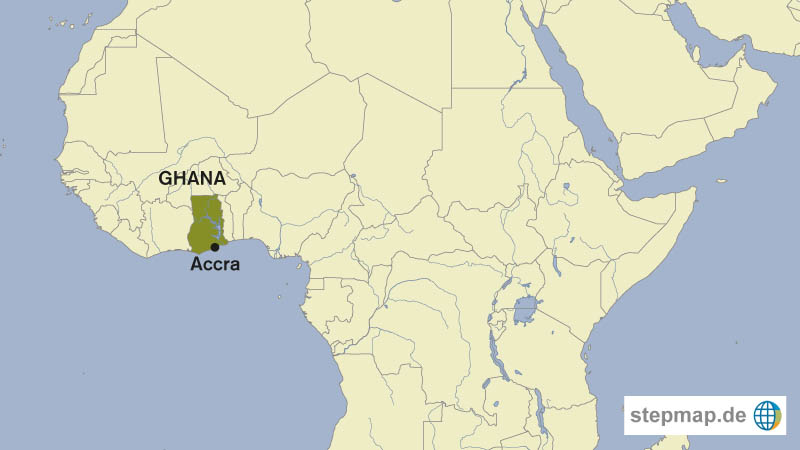Agribusiness
Where gardens contribute to families' vital resources
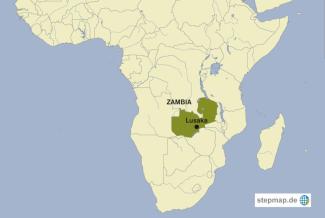
North-Western Province, one of the main mining regions, enjoyed an unprecedented boom. Some $7 billion was invested in the Lumwana, Kansanshi and Sentinel mines and associated infrastructure over a 10-year period. An estimated 20,000 workers flocked to jobs in gold and copper mines, according to a 2018 report by Zambia’s Chamber of Mines.
Those workers and their families represented a rich market for a wide range of new businesses: everything from banks to transport firms, hotels, restaurants, retail stores and builders.
One of the sectors to benefit from the mining boom has been farming and trading in agricultural commodities. Entrepreneurs came to the province hoping to earn money by feeding the growing population. Many who could not find jobs in the mines – such as women and older workers – found work in farms and food processing businesses.
The new farmers found relatively little local competition. According to Moses Mwanakatwe, acting director of investments for the Zambia Development Agency, only 2.7 million hectares of the province’s 5.8 million hectares of arable land are being used for agriculture. His comments to an investment symposium were reported by the Lusaka Times in August 2019.
The region’s new farmers produce cassava (a nutty-flavoured, starchy root vegetable), maize, sorghum, beans, and sweet potatoes.
Tina Zulu from Chingola in the Copperbelt Province – about 200 kilometres east of Solwezi – is one of the mining region’s new farmers. In the 2019-2020 farming season she produced 48 bags of 50 kilograms each of maize from her five hectares of farmland.
In addition to selling her own produce, she plans to buy maize in Chingola for resale in Solwezi, where it fetches a higher price, particularly during the rainy season. According to Zulu, a 50 kilogram bag of maize fetches around 120 Kwacha (around €5.25) in Chingola, compared to 300 Kwacha in Solwezi. “Demand in the mining town (Solwezi) is high due to the increase in population, and that demand is still unmet by local supply,” she explains.
Another new farming entrepreneur is Solwezi native Susan Chipango, 45, who grows maize and raises chickens. She got the idea when she lived in a military compound while her husband was a soldier. “I learned a lot from a neighbour who raised chickens,” she says.
“Before my husband retired from the army in 2017, I grew peppercorns as a starter,” Chipango says. “I harvested 65 bags of 50 kgs each, and after I sold the grains, my passion for agriculture grew.” After her husband retired, the family moved back to Solwezi where Chipango focused on producing maize for the local market.
In future she hopes to expand her farm to 20 hectares and to raise fruits and vegetables, including cassava. “It is a sure way to create wealth and a lot better than waiting to be employed by the mines,” Chipango says.
Derrick Silimina is a freelance journalist based in Lusaka. He focuses on Zambian agriculture and sustainability issues.
derricksilimina@gmail.com

